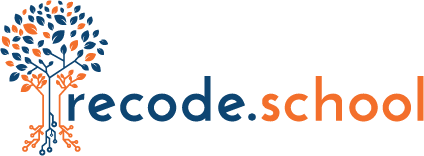Take for instance the number of hours spent in internships in high school within Lexington. Last semester our kids (around 200) spent over 15,000 hours collectively. Pick any other random 200 high school kids in Lexington and they would be lucky to have 1,500. In fact, our small high school achieves more internship hours while in school than the rest of the city's public high schools combined. Honestly, it was actually easier to rethink our assumptions around when and how kids can leave the building than for a traditional public school to try to squeeze another 10% internship hours. At STEAM, we are going for similar 10x gains in dual credit courses, 10x fall in discipline rates, 10x project based learning opportunities. We are not actively trying to get those 10x gains, but when you are willing to get to the level of questioning assumptions and first principles ... those kinds of gains are possible.
The key is in the assumptions. Every model (including our new one) is based on core assumptions. It is in those assumptions that opportunity truly lies because the assumptions that worked 20 years ago or 100 years ago do not necessarily work today. Many of them may still work, but some will not. Yet, those outdated assumptions are locked into the models we operate in schools. Once you start to see the assumptions (which I call the "code") they are absolutely everywhere. We make assumptions about how teachers spend time, what makes them qualified, how they should grade, how they should teach. We make assumptions about structures from the size of a classroom to the timing of the schedule. And, of course, we make assumptions about kids. Those can be the most infuriating. If you really want to know where the achievement gap lives, it is not in the mind of the child (which is equally, beautifully intelligent) it is in the assumptions of the adults.
Getting beyond the assumptions requires a different kind of thinking ... one that does not come as naturally to us. No company in the world more clearly exhibits this trait right now than those of Elon Musk (Tesla and Spacex, we have a 10x better electric car, a 10x better battery, 10x better solar panels, and 10x better rockets). The key to getting those world-changing technological solutions time and again is that the people working in those companies reason from first principles, not from analogy. Elon (not the best speaker, be patient with him) explains below.

